
NPS Photo/J. Preston. Many wild animals dwell within Olympic National Park. Despite their abundance, viewing wildlife is often a matter of luck and diligence. Review the information below for tips to increase your chances of seeing wildlife during your visit! Viewing Tips:
Be a Safe and Responsible Wildlife Observer:
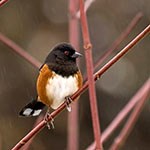
Photo by Campbell (c) Birds 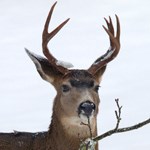
Photo by Campbell (c) Deer 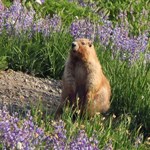
NPS Photo/Zaidel. Olympic Marmots 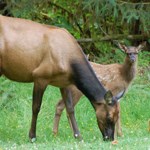
NPS Photo/J. Preston. Roosevelt Elk 
NPS Photo/J. Preston. Salmon 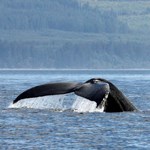
NPS Photo/B. Baccus. Whales 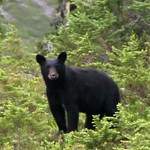
NPS Photo/Zaidel. Black Bears |
Last updated: March 19, 2025
